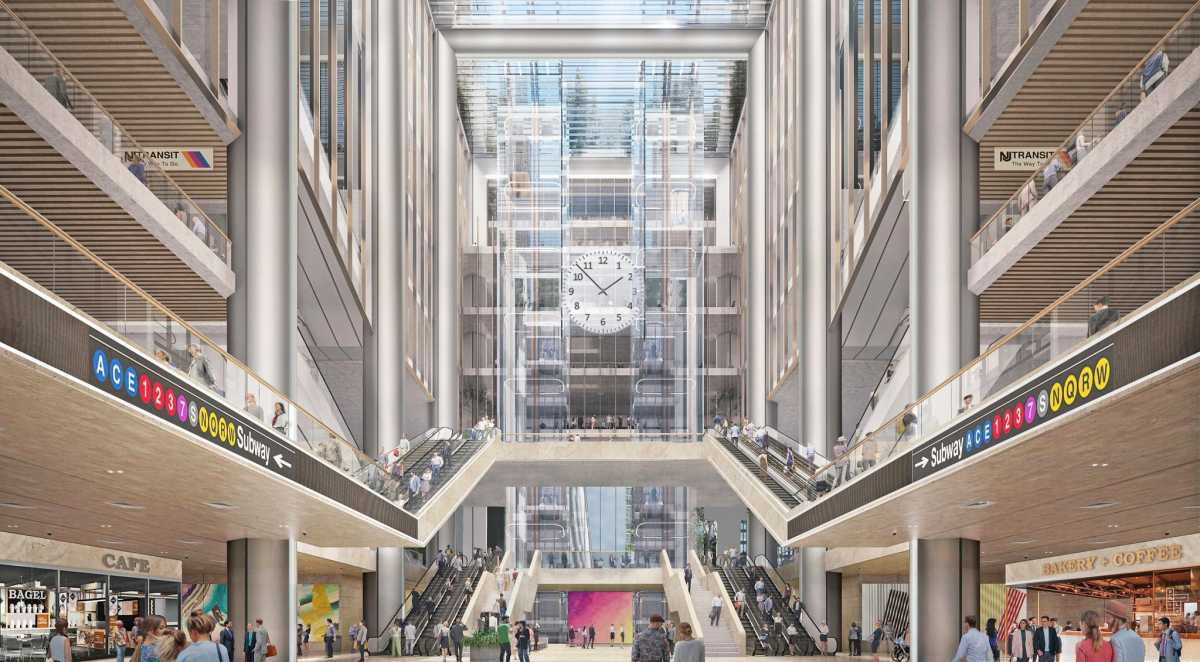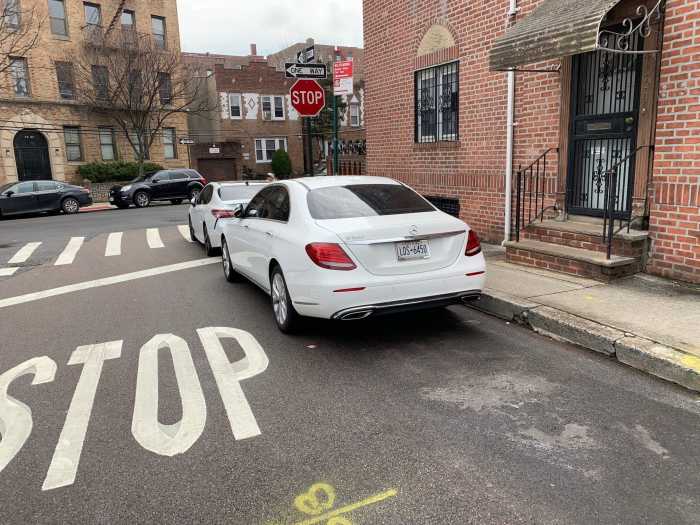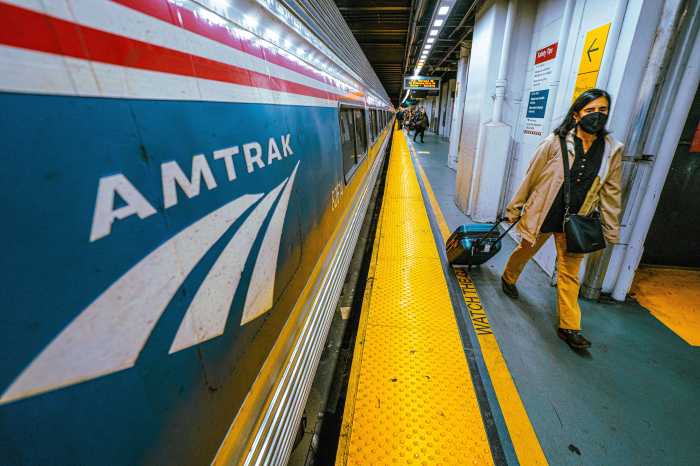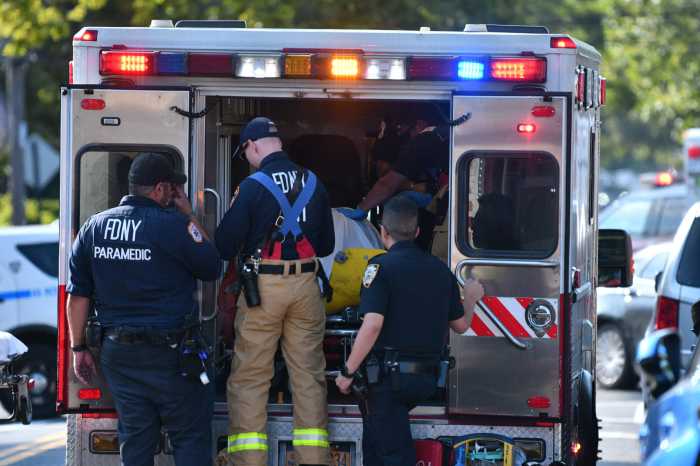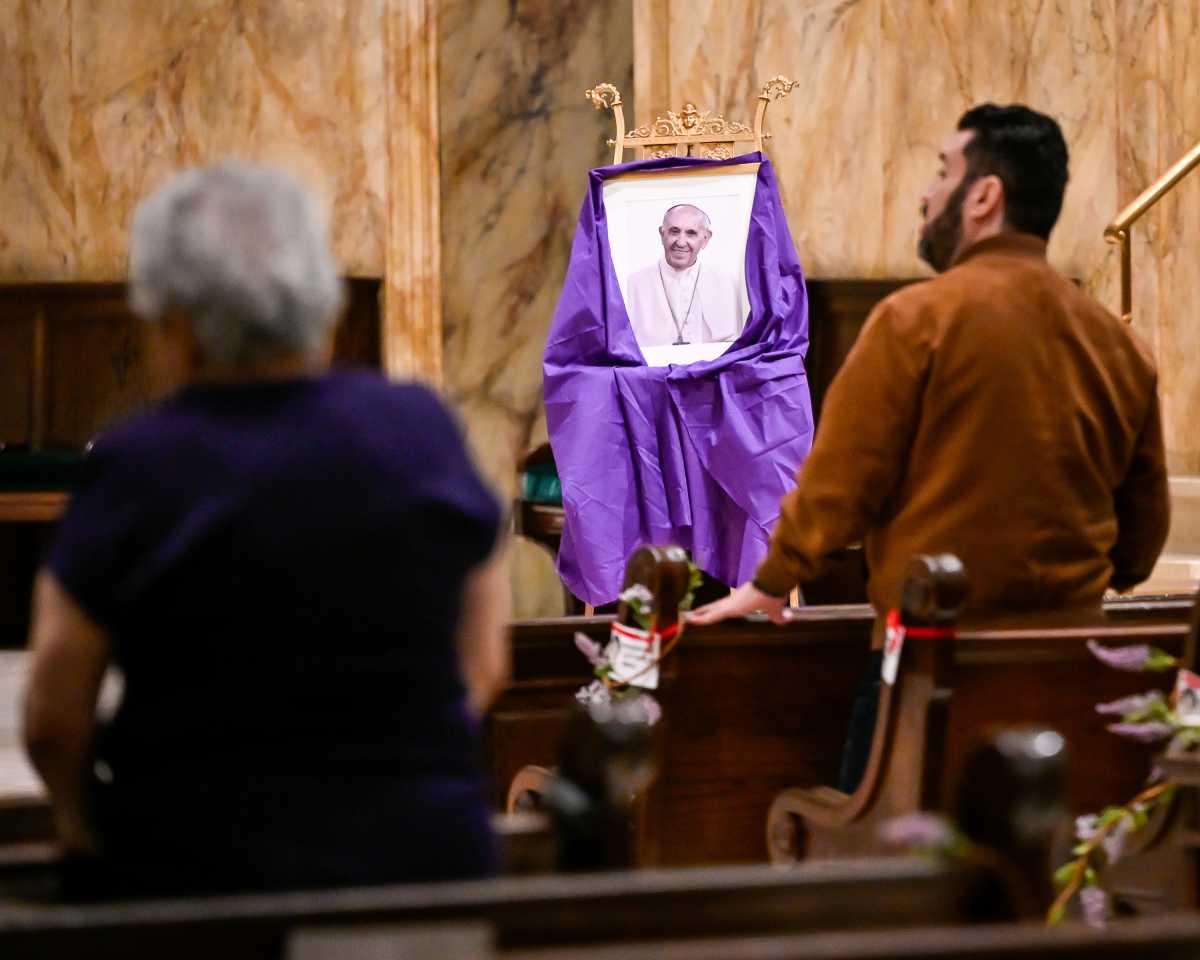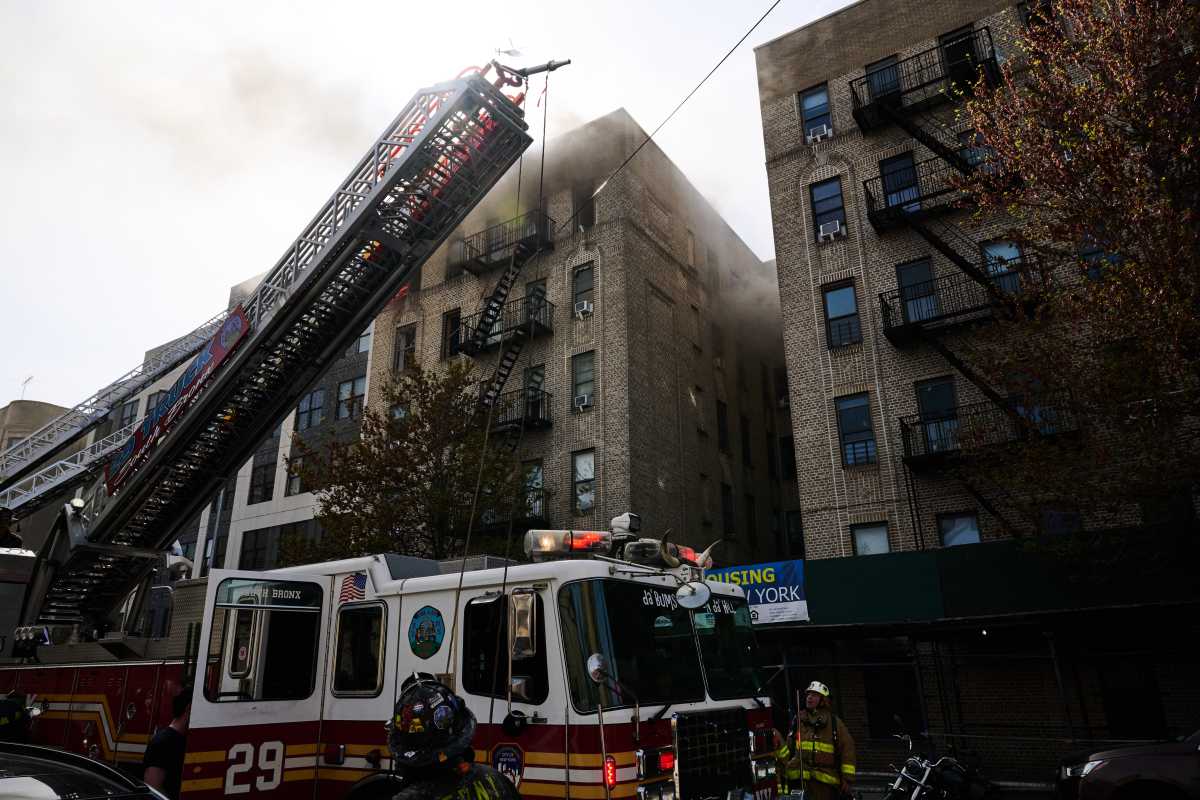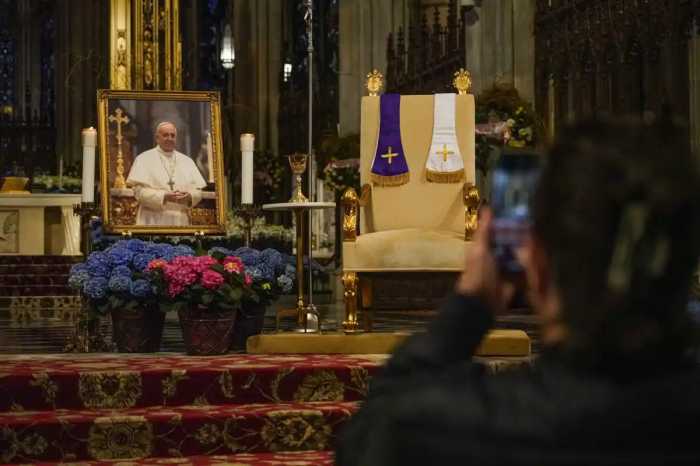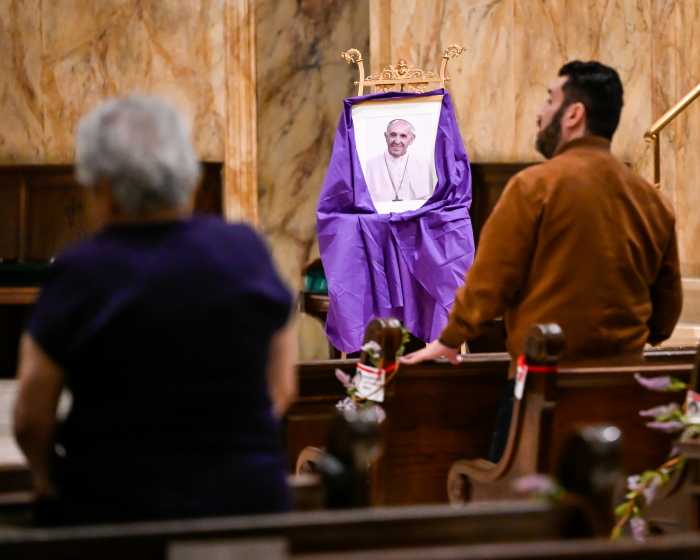Gov. Kathy Hochul and Mayor Eric Adams announced an agreement Tuesday to partially fund a brand new Port Authority Bus Terminal through “payment in lieu of taxes” (PILOTs) by new Midtown office developments.
The pair said they had agreed to commit 40 years of property tax revenue from three potential office developments in Midtown to finance the new $10 billion bus terminal, a plan for which the Port Authority unveiled last month to replace the existing 73-year-old eyesore. The PILOTs would raise an estimated $2 billion, about 20% of the total project cost, which is less than the $2.5 billion the Port Authority said it sought from the developments in February.
Two of the three buildings would sit atop the reconstructed terminal at 8th Avenue and 42nd Street, while another would be built nearby on Port Authority-owned land “subject to market demand.”
“Our agreement with the city to provide a portion of the financing toward a new Midtown Bus Terminal will allow the Port Authority to move forward with a project that will generate economic benefits for our entire region while improving the quality of life in the community where the terminal is located,” said Kevin O’Toole, the Port Authority chair. “We will replace this aging eyesore with a world-class gateway our region deserves.”
The Port Authority’s long-gestating plan for one of New York’s most maligned public facilities would replace the cramped, dingy terminal with a brand new, airy, 2.1 million square foot one designed by British architect Norman Foster.
Further, the proposal would repurpose existing Port Authority land on the west side into a new staging area and ramp for buses to enter and exit directly into the Lincoln Tunnel — which the agency says would eliminate idling buses clogging Hell’s Kitchen streets.
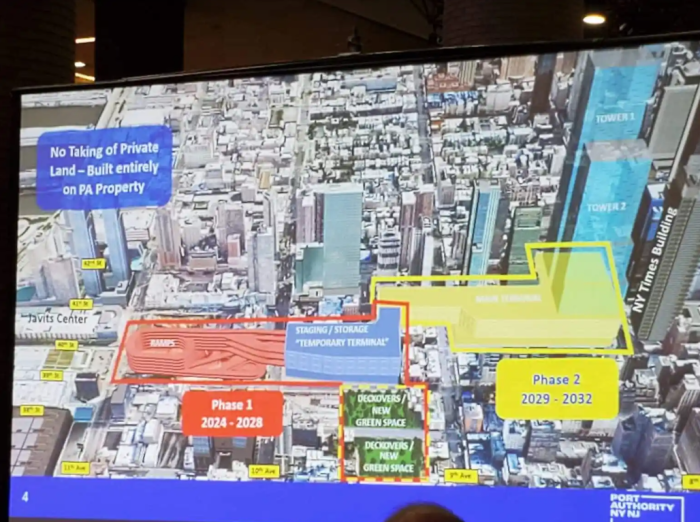
The bi-state agency released a draft environmental impact statement last month and hopes to gain final environmental approval from the feds this year. Port Authority brass say if they get plans approved and funding secured this year, they could immediately get shovels in the ground building the new ramps and staging area; after that, the old facility would be torn down to make way for the new one, with the staging area serving as a temporary bus terminal in the interim.
Officials say if all goes to plan, New Yorkers could be enjoying a bus station to be proud of by 2032.
But that depends on a lot of “ifs.” For one, federal financing — would be required for a significant portion of the project — has not yet been secured.
PILOTs are also anything but a sure thing, especially as more and more office drones work at home post-COVID.
Gov. Hochul intended to use PILOTs from office development to fund the redesign of similarly-maligned Penn Station, but the developer in mind, Vornado, ultimately paused development in the Penn District, citing economic headwinds, throwing the Penn redesign project into disarray.
Months later, Hochul said the project was “decoupling” from Vornado and going forward regardless of PILOT funding. Vornado is now considering building tennis courts and big billboards at its Penn area property.



